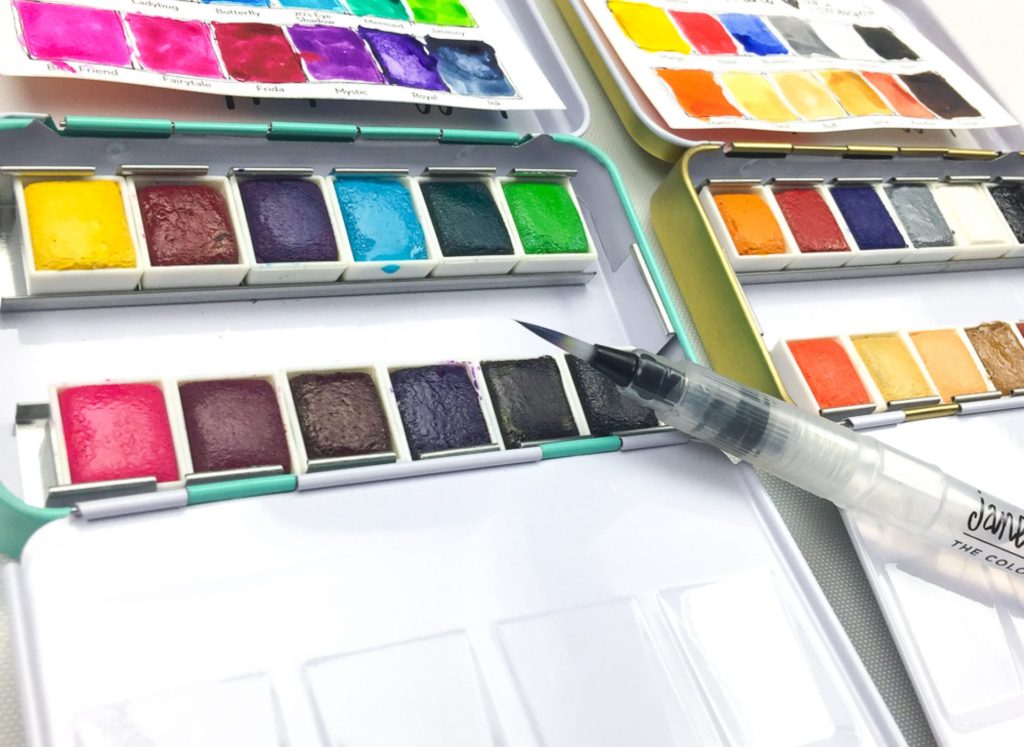
How to Paint with Watercolors?
Watercolor is a painting technique used by many artists. This technique is easy to use. However, you have to understand how this technique works in order to use it properly.
Products for fixing watercolor or gouache paints are also available. This can provide additional security. Also remember that watercolor can be mixed with other techniques (Chinese, etc.).
Here, watercolor painter Chayim Shvarzblat will share everything you need to know about watercolor painting. So, keep on reading.

